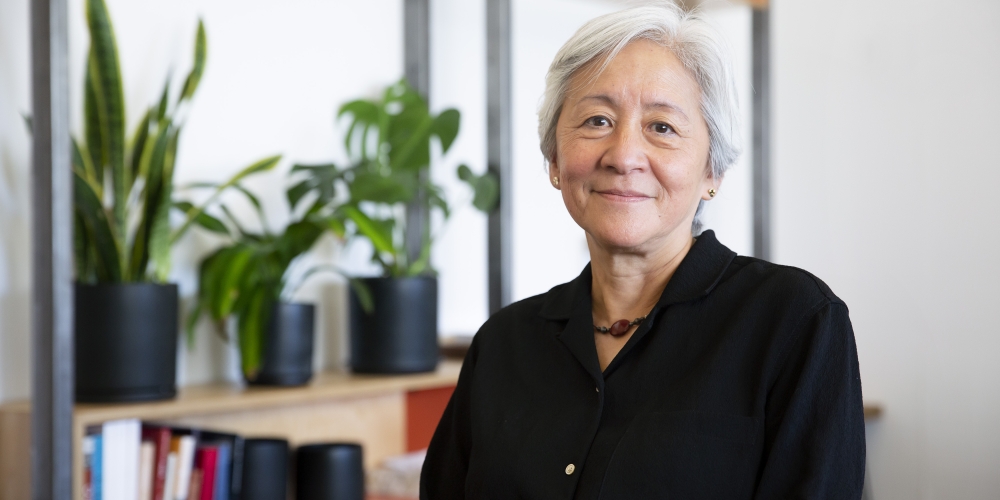

Research Bio
Renee Y. Chow is an architect and urban designer whose work examines how buildings, streets, and landscapes form coherent places, linking architecture to the larger systems of city and site. Her research and practice develop analytic and generative design tools that map locales and integrate urban and landscape systems to support climate adaptation and neighborhood legibility. Chow’s scholarship and projects emphasize design as a civic instrument—weaving public space with everyday urban experiences.
She is Professor of Architecture at UC Berkeley and William W. Wurster Dean of the College of Environmental Design, a role she will conclude in 2026. Her leadership has included department chair and executive dean positions. At Berkeley, Chow advances interdisciplinary design education and research that connect architectural practice to urban and ecological systems.
Research Expertise and Interest
urban design, architectural design
